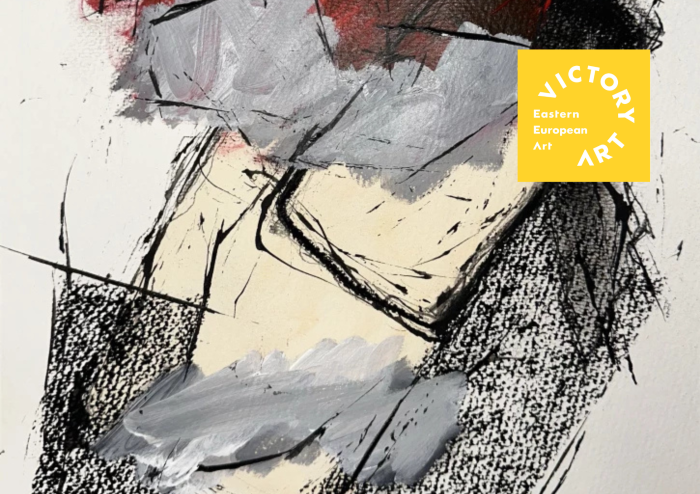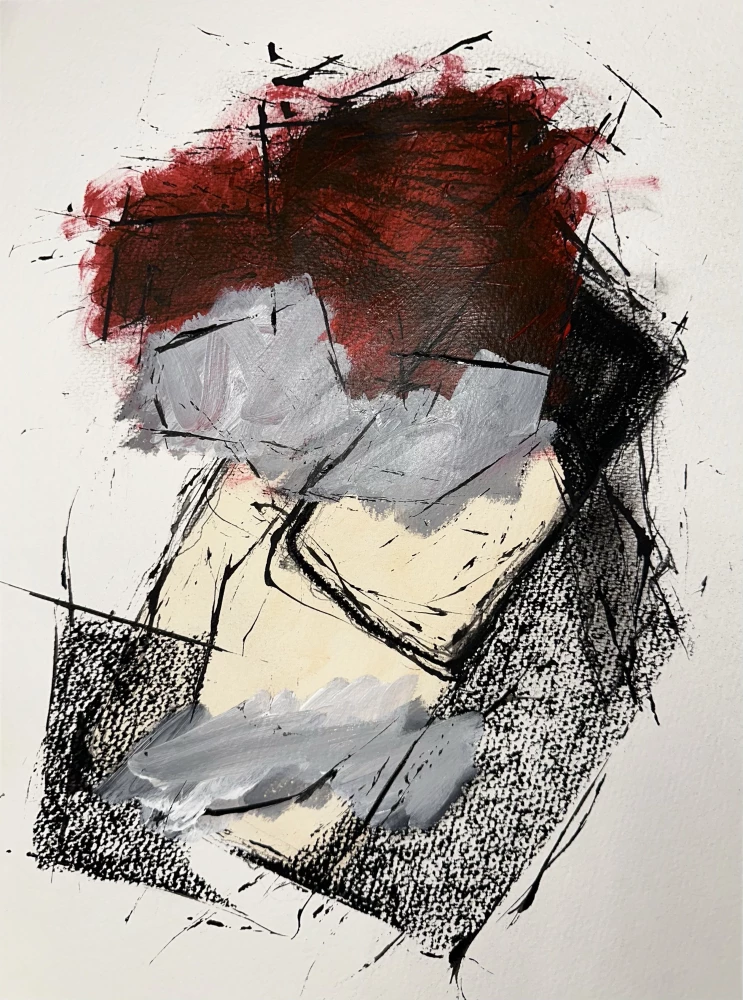MUST READ ART BLOGS
Minimalist Interior Design Style: The beauty of “Less is more”

History of minimalism
Minimalism is an art movement which primarily developed in the US in the 1960s. European roots of minimalism can be traced back to the Bauhaus school of art. Though, it is important to note that the Bauhaus school of art is not recognized as a predecessor of minimalism. Minimalism formed as a reaction against the chaos of urban life which was reflected in the abstract expressionist and modern art movement that were dominant at the time. Minimalism attempted to explore the essential elements of an art piece and object by stripping away personal and non-essential features.
Minimalist art is also closely linked to conceptual art which also flourished in the 1960s and 70s. Both movements rejected and challenged the existing structure of viewing and creating art at the time. Both viewed these structures as detrimental to the arts. They believed that extreme abstraction created elitist art which was only accessible to a few privileged folk who had access to art institutions and knowledge. Therefore, the minimalist and conceptual approach to art was to destroy this gap and make art for the people by bringing art back to the basics.
Maria and Jesus by Armen Asatryan
Characteristics of minimalistic decor
Minimalist art values simplicity, harmony, and unification. This is why the colour palette tends to be quite neutral and plain. Though, it is important to note that plain does not translate to being boring. Rather, this ‘plain-ness’ allows the viewer to find beauty in the mundane, thus allowing them to ponder and view an object differently. Bright or dark colours can otherwise distract viewers and impose feeling.
In design and architecture, minimalism focuses on the relation between objects and their space and focuses on perfect surfaces, lighting, and space. Minimalistic design has been highly influenced by Japanese art and architecture as the two styles share characteristics. However, in Japanese culture minimalism was rooted in Zen Buddhism and not brought into the country by way of the West. Like the in art, the aesthetic focuses on the bare essentials of living by keeping spaces open, clean, and uncluttered.
Adolescence of Jesus by Armen Asatryan
The Jeweller by Armen Asatryan
Though the minimalist mantra is that ‘less is more’, that does not mean that the expulsion of art and décor is required for one to embrace the minimalist aesthetic. The core of minimalism is that it values simplicity and harmony. With this aesthetic, what you see is what you get, so art that shares this exact sentiment is welcomed.
Key features of Minimalist interior design
Ditch the clutter and embrace the clean lines! Minimalist interior design is all about creating a space that feels calming and uncluttered. It does this by focusing on geometric shapes – think sharp lines and simple forms – in both furniture and architecture. No fussy curves or over-the-top details here. The materials used are equally straightforward. Wood, stone, and concrete with their natural textures take centre stage, free from any distracting embellishments.
To create a sense of order and make the space feel unified, minimalists love repetition. Imagine a row of identical pendant lights hanging over your kitchen island, or a set of nesting tables that mirror each other's shape. It all adds up to a calming and clutter-free environment. And speaking of clutter-free, open floor plans are a must in minimalism. Walls are kept to a minimum, letting natural light flow freely and making the space feel nice and airy.
When it comes to color, minimalists tend to stick to a bright and neutral palette, with white often taking the lead. This keeps things clean and airy, and lets the geometric shapes and textures of the materials do the talking. The core principle of minimalism? "Less is more." Every single element in the space has a purpose, and there's no room for clutter. This creates a sense of tranquillity and allows you to focus on what truly matters.
Minimalist design is all about clean lines, natural textures, and a focus on what truly matters. If that sounds like your vibe, your artwork should reflect it too! Browse our art gallery and discover pieces that complement the simplicity of minimalism for your space!
CHECK OUT OUR BEST BLOGS

.webp)

.webp)
.webp)
.webp)
.webp)
.webp)













.jpg)